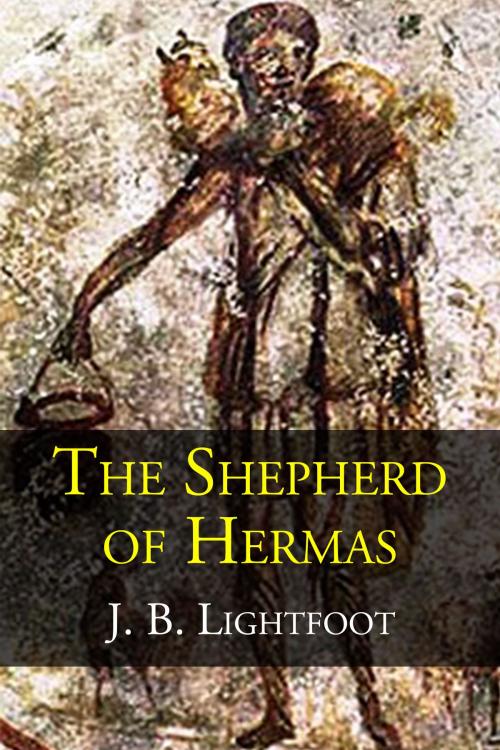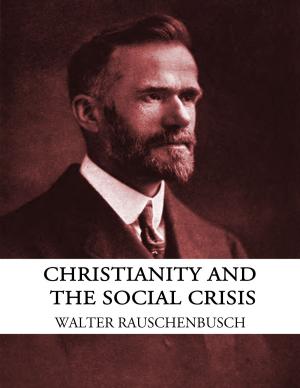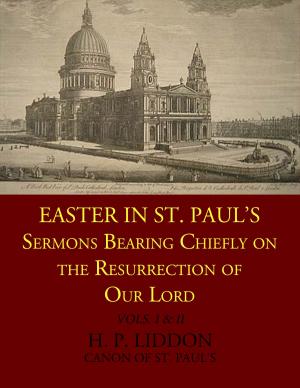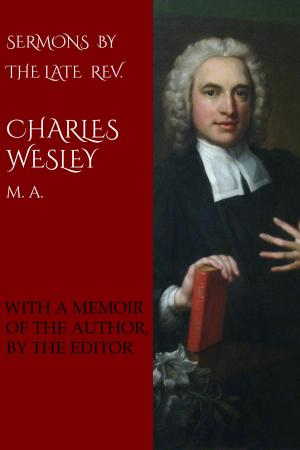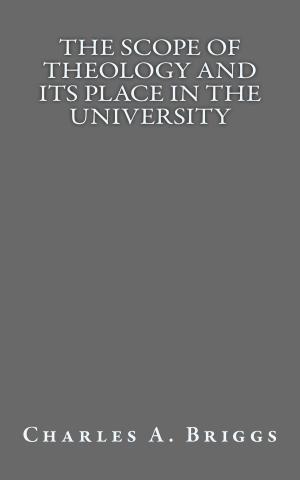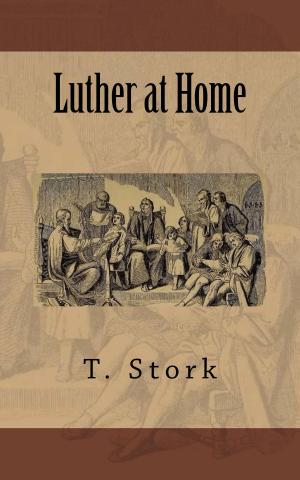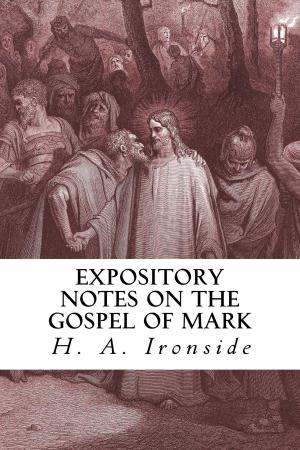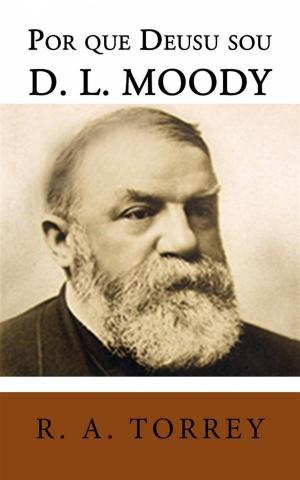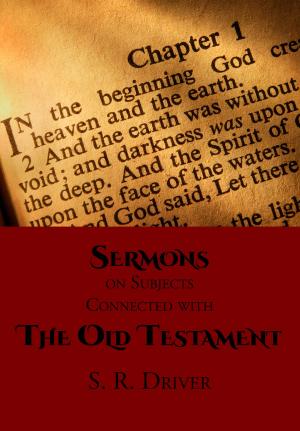The Shepherd of Hermas
Nonfiction, Religion & Spirituality, Christianity, Christian Sermons, Christian Literature, Church, Church History| Author: | J. B. Lightfoot | ISBN: | 1230002008226 |
| Publisher: | CrossReach Publications | Publication: | November 16, 2017 |
| Imprint: | Language: | English |
| Author: | J. B. Lightfoot |
| ISBN: | 1230002008226 |
| Publisher: | CrossReach Publications |
| Publication: | November 16, 2017 |
| Imprint: | |
| Language: | English |
The Shepherd of Hermas is an astounding piece of ancient Christian literature. It is usually dated at between 120 A.D. and 150 A.D.. This means that the author may have been in contact with an Apostle such as John who died around 100 A.D.. And he was most certainly contemporaneous with those who knew some of the Apostles such as Ignatius and Polycarp.
What is interesting is that this book was once considered Scripture by some of the early Church and it is included in some of the early canons. Most notably the Codex Sinaiticus and Irenaeus, and it is regarded as profitable to be read in the Muratorian Canon, which would put it just below the Canon.
The most obvious ramification of this fact is that the NT (and indeed the OT) canon was still not fully settled, and it is a deep question to ask who then had the authority to set the canon? Did the Church hear from God? In what way? Through Councils? Through each believer being led infallibly to such a conclusion? How do we know they got it right? If something like this is true why did the early Church have such a loose outer ring of books? What do we mean by a loose outer ring? It was agreed by almost all parties what were the incontrovertible books. The OT was divided into three section by the Jews: The Torah (The Law of Books of Moses), the Nevi’im (or the Prophets) and the Ketuvim (or writings). The Jews in time did not question anything from the Torah or the Nevi’im. It is not known exactly when the various books were accepted as inspired by the whole community. What had always been uncertain were certain writings within the Ketuvim. Books such as Song of Songs and Esther. It is known that as late as the 2nd century Ad the Jews were still uncertain about these two writings.
The books known today among Protestants as the Apocrypha were accepted by and large by Hellenistic Jews in the 1st century but not generally accepted by Jews in Israel.
After the fall of Jerusalem, the Jews lost their homeland, and authority within the Jewish community fell to the Pharisees who saw to it that their particular views on Judaism prevailed.
Within the Church the Gospels and Acts (or Memoirs of the Apostates as they were also known) were accepted without question as being the very basis of Christian Tradition after the Apostles died. This can be seen as analogous to the view the Jews had toward the Torah. Next were Paul’s Epistles. All were accepted without question by the “Orthodox” or “Catholic” Christians. Analogous to this are the Nevi’im. Finally there were the Catholic Epistles. Some were accepted fairly early on. Others took a century or two for complete acceptance and some seem to have never quite sat right with everyone. Some books that were questioned are 2nd Peter, 2nd and 3rd John, and Jude.
Then we have the Shepherd of Hermas. A book, which, like the OT Apocrypha was accepted by some (mainly Roman Christians) but not by the majority. But unlike the OT Apocrypha which were accepted by the entire Church for 1500 years (bar one man Jerome, who influenced the Reformers to reject them) The Shepherd was finally rejected as being outside the canon along with other books like The Epistle of Barnabas. Some authors, like David Guzik, are amazed The Shepherd was accepted at all. He sees in it a legalistic form o Christianity that would excite few today. But then we must ask the difficult question of why? Why was such a book so popular so early on? Are we really willing to say that the faith started by Christ and preached in the capital by his main men, Paul and Peter so quickly descended into legalism? Of course it is a possibility, but is seems unlikely. There are no easy answers to such a dilemma.
So read and enjoy this rare glimpse into the mind of early post-New Testament Christianity.
And if you have enjoyed this edition please write a short review on Amazon. Don’t forget to mention you were reading the CrossReach Publications edition.
Thanks,
The CrossReach Team
The Shepherd of Hermas is an astounding piece of ancient Christian literature. It is usually dated at between 120 A.D. and 150 A.D.. This means that the author may have been in contact with an Apostle such as John who died around 100 A.D.. And he was most certainly contemporaneous with those who knew some of the Apostles such as Ignatius and Polycarp.
What is interesting is that this book was once considered Scripture by some of the early Church and it is included in some of the early canons. Most notably the Codex Sinaiticus and Irenaeus, and it is regarded as profitable to be read in the Muratorian Canon, which would put it just below the Canon.
The most obvious ramification of this fact is that the NT (and indeed the OT) canon was still not fully settled, and it is a deep question to ask who then had the authority to set the canon? Did the Church hear from God? In what way? Through Councils? Through each believer being led infallibly to such a conclusion? How do we know they got it right? If something like this is true why did the early Church have such a loose outer ring of books? What do we mean by a loose outer ring? It was agreed by almost all parties what were the incontrovertible books. The OT was divided into three section by the Jews: The Torah (The Law of Books of Moses), the Nevi’im (or the Prophets) and the Ketuvim (or writings). The Jews in time did not question anything from the Torah or the Nevi’im. It is not known exactly when the various books were accepted as inspired by the whole community. What had always been uncertain were certain writings within the Ketuvim. Books such as Song of Songs and Esther. It is known that as late as the 2nd century Ad the Jews were still uncertain about these two writings.
The books known today among Protestants as the Apocrypha were accepted by and large by Hellenistic Jews in the 1st century but not generally accepted by Jews in Israel.
After the fall of Jerusalem, the Jews lost their homeland, and authority within the Jewish community fell to the Pharisees who saw to it that their particular views on Judaism prevailed.
Within the Church the Gospels and Acts (or Memoirs of the Apostates as they were also known) were accepted without question as being the very basis of Christian Tradition after the Apostles died. This can be seen as analogous to the view the Jews had toward the Torah. Next were Paul’s Epistles. All were accepted without question by the “Orthodox” or “Catholic” Christians. Analogous to this are the Nevi’im. Finally there were the Catholic Epistles. Some were accepted fairly early on. Others took a century or two for complete acceptance and some seem to have never quite sat right with everyone. Some books that were questioned are 2nd Peter, 2nd and 3rd John, and Jude.
Then we have the Shepherd of Hermas. A book, which, like the OT Apocrypha was accepted by some (mainly Roman Christians) but not by the majority. But unlike the OT Apocrypha which were accepted by the entire Church for 1500 years (bar one man Jerome, who influenced the Reformers to reject them) The Shepherd was finally rejected as being outside the canon along with other books like The Epistle of Barnabas. Some authors, like David Guzik, are amazed The Shepherd was accepted at all. He sees in it a legalistic form o Christianity that would excite few today. But then we must ask the difficult question of why? Why was such a book so popular so early on? Are we really willing to say that the faith started by Christ and preached in the capital by his main men, Paul and Peter so quickly descended into legalism? Of course it is a possibility, but is seems unlikely. There are no easy answers to such a dilemma.
So read and enjoy this rare glimpse into the mind of early post-New Testament Christianity.
And if you have enjoyed this edition please write a short review on Amazon. Don’t forget to mention you were reading the CrossReach Publications edition.
Thanks,
The CrossReach Team
